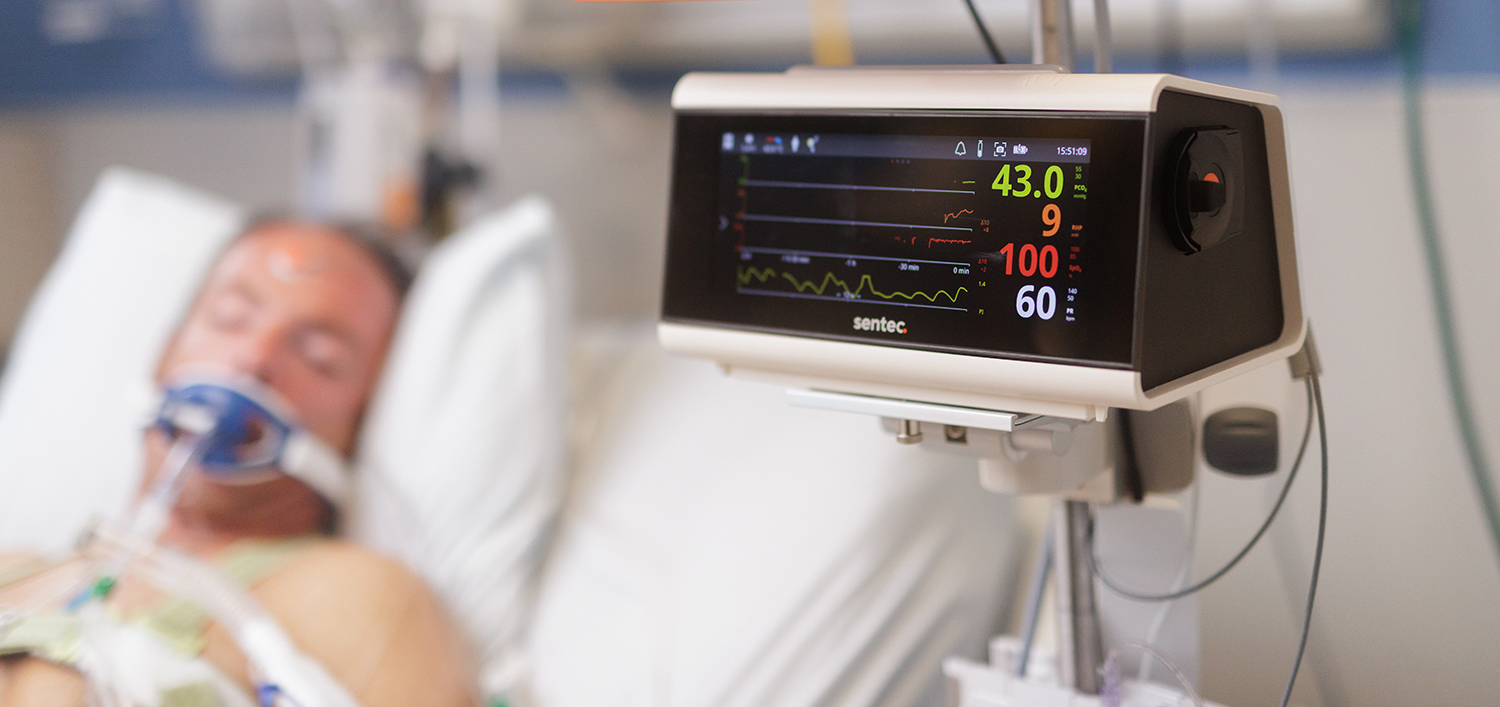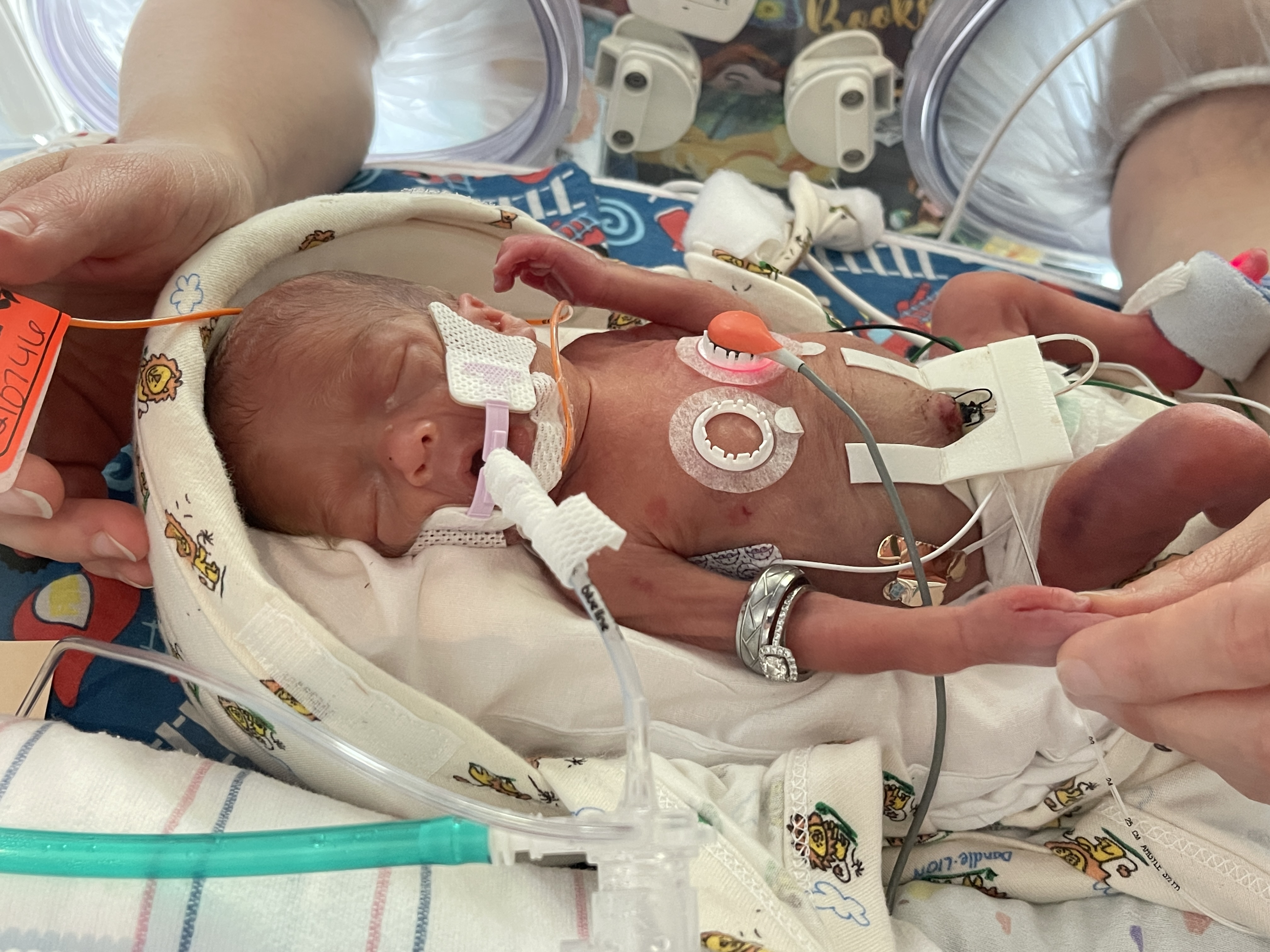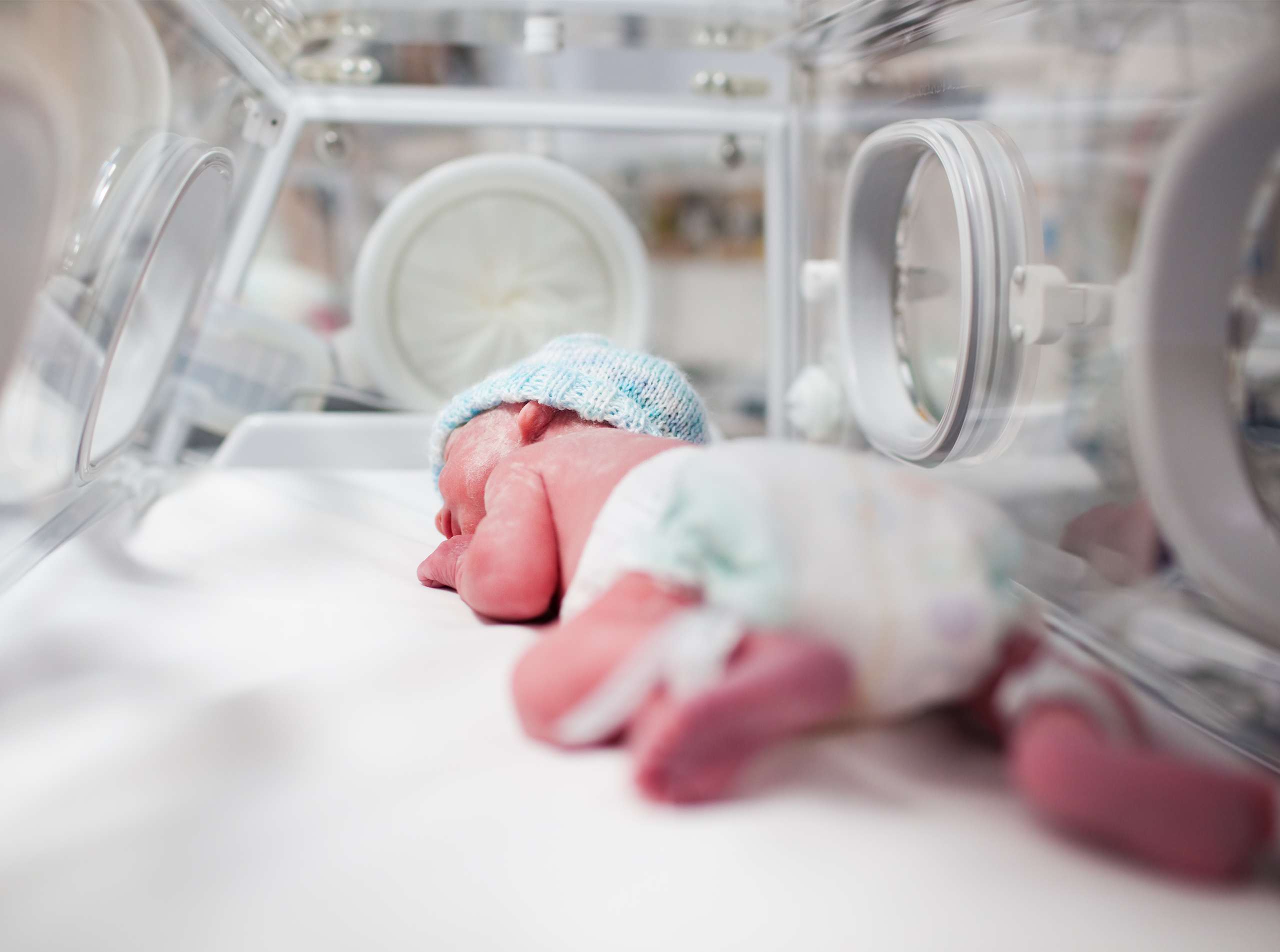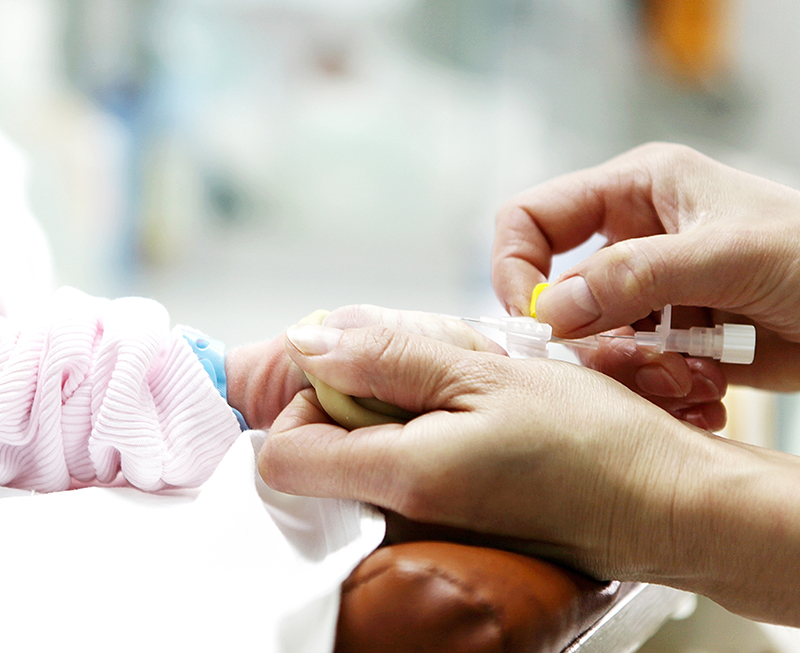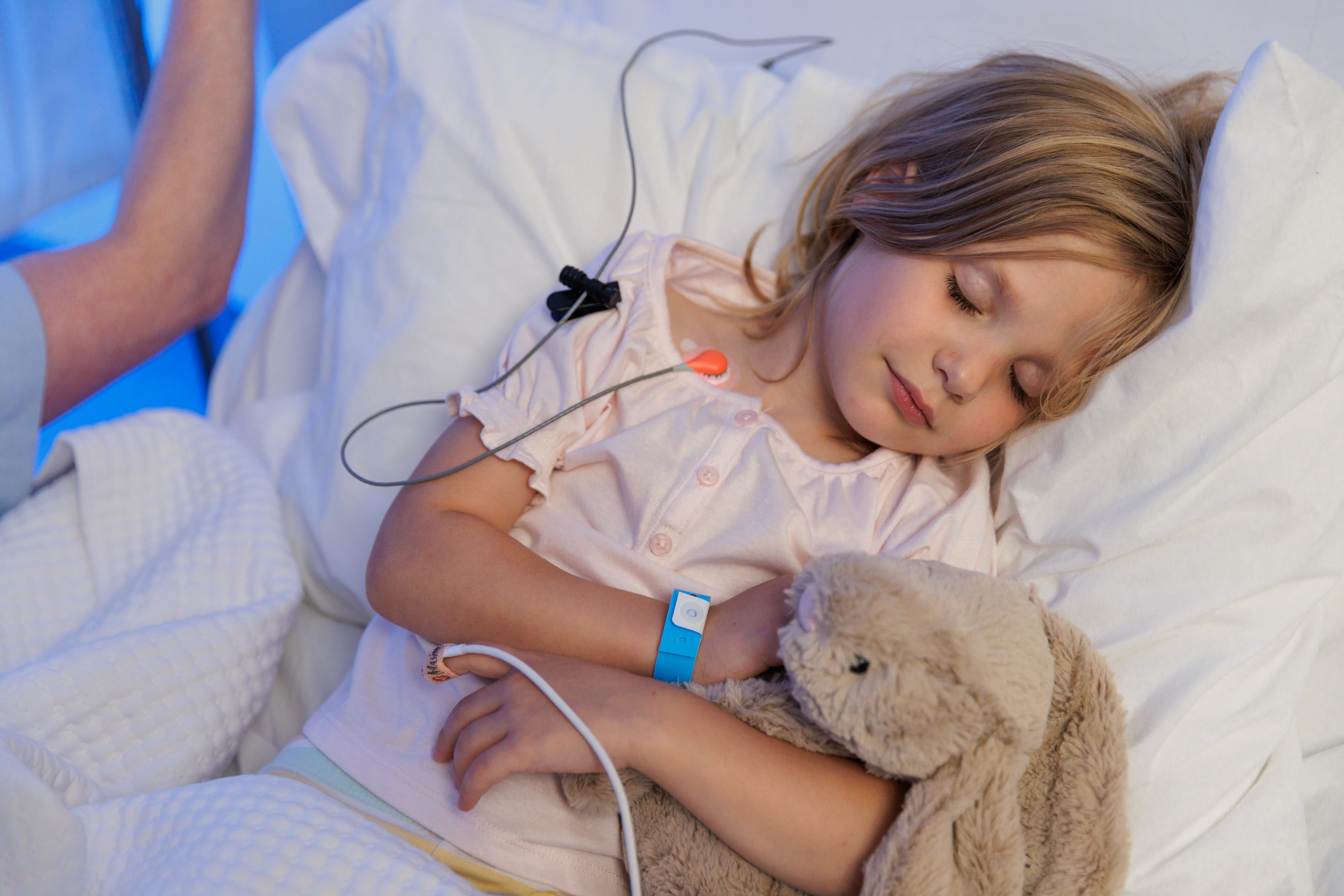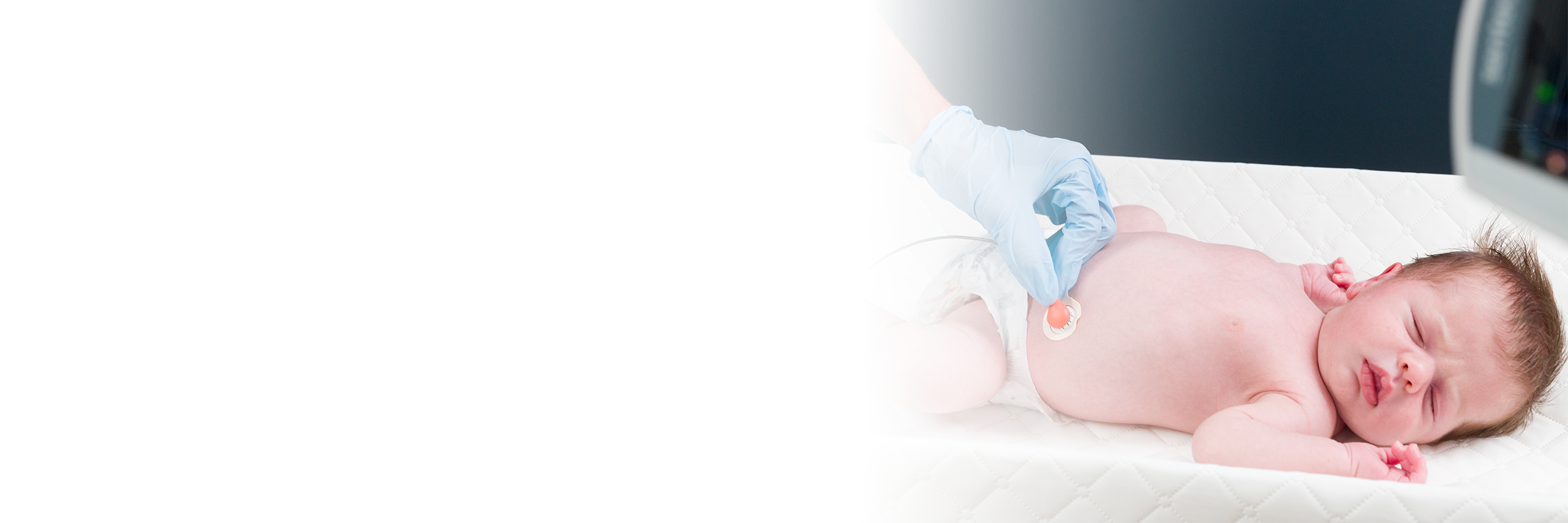MENU
- Whitepaper
Reducing Pain and Improving Outcomes in the NICU: A Real-World QI Success Story
Discover how Woman’s Hospital cut blood gas draws by 50% using transcutaneous CO₂ monitoring, standardized protocols, and staff-led care improvements.
- Product Spotlight
Accurate transcutaneous CO2 monitoring for agile respiratory care teams
Explore how transcutaneous CO₂ monitoring delivers noninvasive, real-time insights to support better outcomes for both clinicians and patients.
- Sentec Article
The Power of QIs: 5 Quality Improvement Projects Making a Difference for Patients
Quality improvement projects are driving change in healthcare. This issue spotlights five impactful initiatives improving safety, efficiency, and care delivery.
- Whitepaper
Reducing Pain in the NICU: A Quality Improvement Initiative
Discover how Woman’s Hospital cut blood gas draws by 50% using transcutaneous CO₂ monitoring, standardized protocols, and staff-led care improvements.
- Sentec Article
What is Kangaroo Care in the NICU?
Every aspect of neonatal care matters, from the sounds infants hear to their exposure to light. Kangaroo care, also known as kangaroo mother care or skin-to-skin contact, is a method of holding a newborn baby on the bare chest of the mother or father, with their skin in direct contact.
- Sentec Article
How Transcutaneous CO2 Monitoring Can Help NICU Nurses Advocate for Patients
Continuous CO2 monitoring is a powerful tool that can help NICU nurses as they advocate for their tiny patients. Discover 4 ways it can help amplify your voice.
- Whitepaper
Pain and the Neonatal Brain: History, Outcomes, and Strategies for Improvement
Patients in the NICU are among the most delicate residents in the hospital, yet studies have shown as many as 17 painful procedures being performed on neonates each day. Many painful procedures are related to blood draws for lab tests used to monitor patients and titrate support.
- Whitepaper
Reducing Blood Loss in the NICU
Blood draws for lab work are well-established as one of the main drivers of anemia of prematurity leading to a high rate of transfusion in the NICU. Learn more about the problem and how transcutaneous monitoring can be part of the solution.
- Whitepaper
Transcutaneous CO2 Monitoring in Routine and Advanced Pediatric Sleep Studies
Lisa DeGuzman, RRT-NPS, RPSGT, CCSH discusses the role of transcutaneous CO2 monitoring in the Nemours Children’s Hospital Pediatric Sleep Center, highlighting its applications in detecting and guiding the management of sleep-disordered breathing among the pediatric population.
- Whitepaper
Practical Use of Transcutaneous CO2 Monitoring in the NICU
In this article, Anne M. Geistkemper, MSc, RRT, RRT-NPS discusses the practical applications of transcutaneous CO2 monitoring in the NICU, its integration into neonatal care practices, and the evolution of this technology’s adoption in the Rush University Children’s Hospital NICU.

